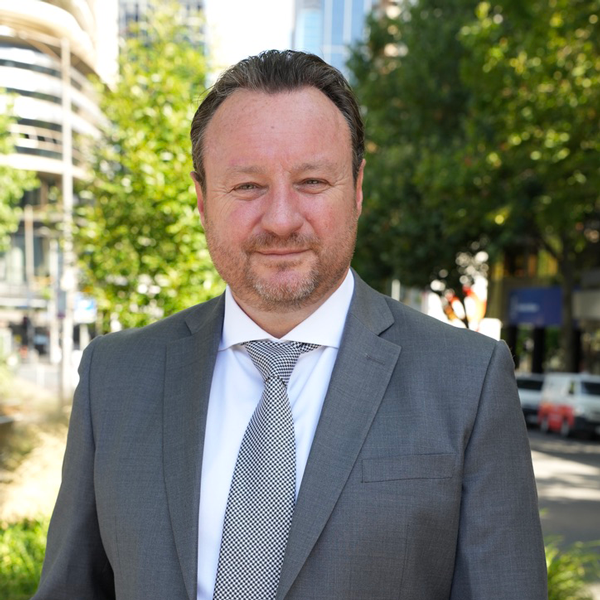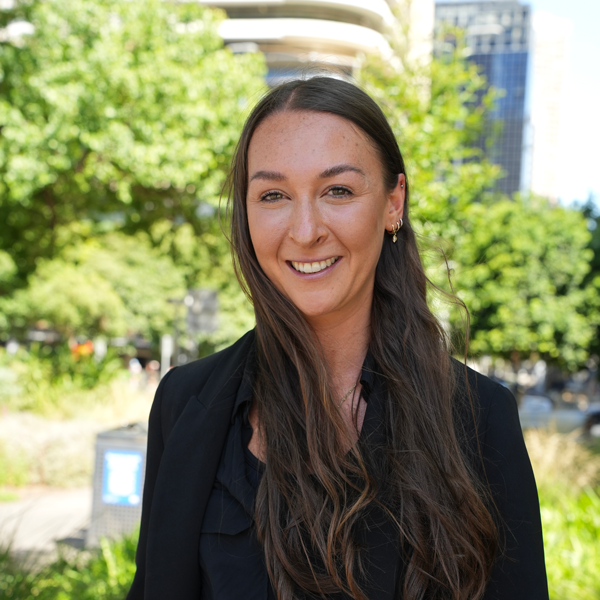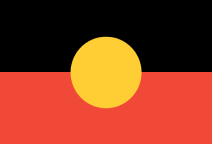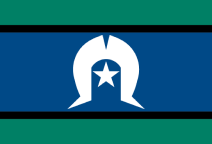Special dividends and buybacks were a feature of the August earnings season with around $15 billion in buybacks announced alongside special dividends. The big banks, in particular, delivered on capital returns, with the Commonwealth Bank announcing a $6 billion buyback, following earlier moves by NAB ($2.5 billion) and ANZ ($1.5 billion). Retailers Wesfarmers ($2.3 billion) and Woolworths ($2 billion) also rewarded investors.
:max_bytes(150000):strip_icc()/SHAREBUYBACKFINALJPEGII-e9213e5fe3a9435b9d0cc4d33d33a591.jpg)
What is a buyback?
A buyback is when a company purchases its shares back from investors to reduce the number of shares available on the market.
Why do companies announce buybacks?
There are a few reasons buybacks occur:
- A company may be holding a large sum of cash that is not necessary for daily operations. By using surplus cash to buy back its shares, it reduces supply from the market and hence, likely to increase the value of shares for existing shareholders.
- A company may start a buyback program when the management team feels its stock is undervalued. This is an opportunity for the company to invest in itself and give the share price a boost by managing its capital.
- A company may choose to incentivise its employees with stock and options. Rather than issue new shares to the market which can cause dilution, a company can choose to buy back existing shares for this purpose.
- A company may buy back outstanding shares to demonstrate its financial discipline. Suppose a company’s earnings are unchanged, and the number of shares on issue have decreased. As a result, the Earnings Per Share (EPS) will increase, which is positive for the existing shareholders.
How do buybacks work?
There are two types of buyback – on-market and off-market.
On-market buybacks are when a company buys its shares on a stock exchange in the ordinary course of trading. Investors need to instruct their brokers to place a sell order into the market. Brokerage will apply in most cases.
Off-market buybacks are slightly more complicated. They refer to buybacks that do not occur on an exchange, but rather when the company makes its offer directly to shareholders. The company will determine the final price and apply scale back should it be necessary. Once the buyback announcement is made, detailed information will be distributed by the share registry to each eligible shareholder. Investors should read this information very carefully before taking up an offer.
Should I participate in a buyback?
First of all, participation in a buyback is entirely voluntary and should be considered based on your personal circumstances.
If you choose not to participate, you will hold a greater proportion of the outstanding shares as fewer shares will be on issue after the buyback.
Depending on your tax situation, selling shares through a buyback program may result in a higher after-tax return than on-market sales. Usually, the buyback consists of two components – capital and dividend. For an Australian company, franking credits are very attractive to many shareholders. The final value of the buyback for each investor
Credit: Commsec







